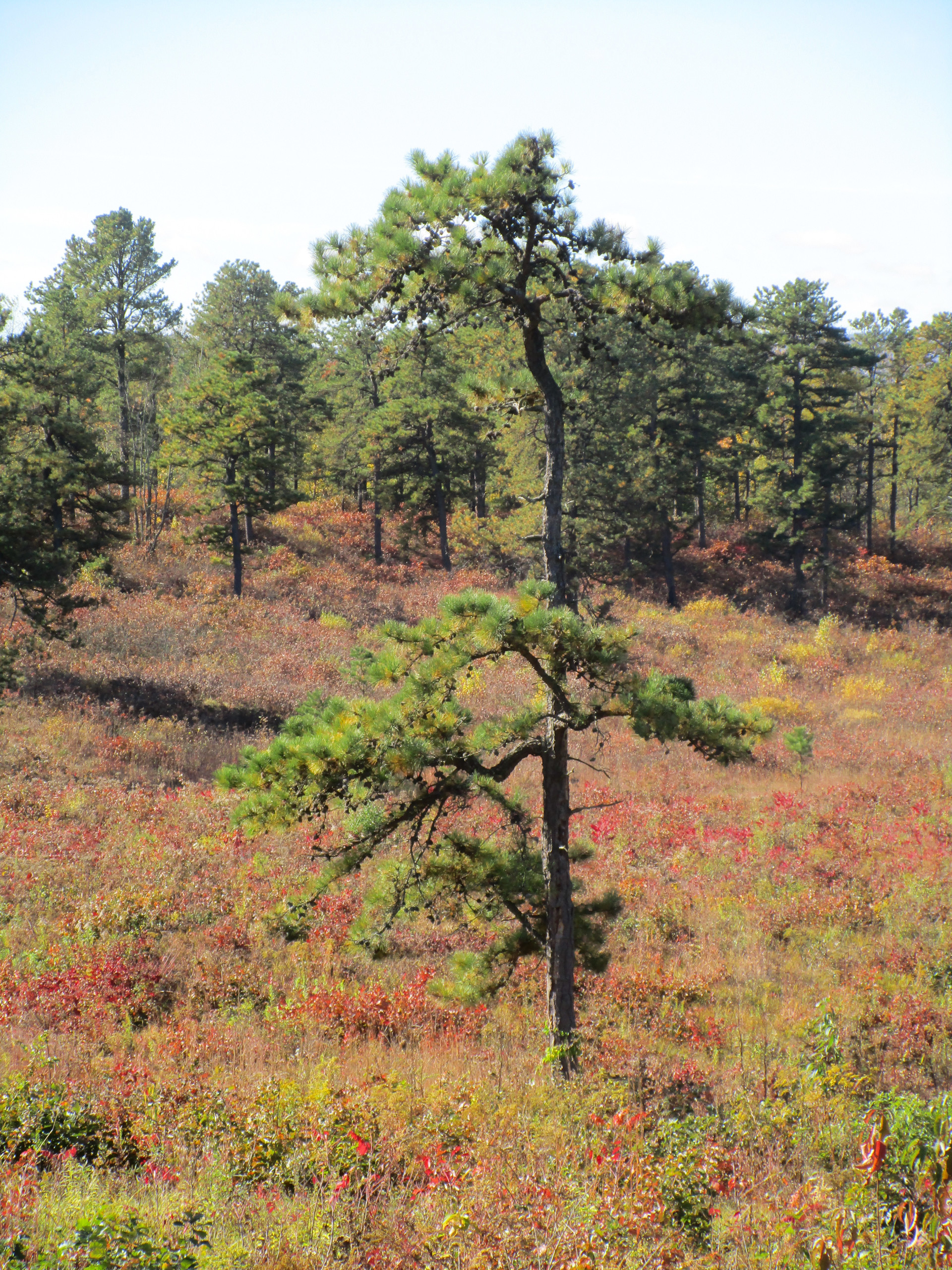Creek’s Bend Cohousing – Another Perspective
Creek’s Bend Cohousing
– Another Perspective
by Russell Ziemba
At November’s dinner, members of the Creek’s Bend Cohousing group spoke about cohousing in general and about their specific development proposal. Rezsin Adams outlined what transpired that night in the last dinner announcement. I would like to look at Creek’s Bend Cohousing’s development proposal from a different point of view.
At that same dinner, Christian Gunther of the Albany Area Coalition for Light Rail said that "There is no reason to build in the Capital Area on land which hasn’t been built on before!" I agree.
24 housing units are proposed for the 11 acre parcel in the Poesten Kill valley which is surrounded on three sides by the stream. This place is a secluded wildlife haven within the boundaries of the City of Troy. It is home to many species including deer and beaver. It’s a mostly wooded peninsula and is surrounded by woods and a hayfield. There doesn’t seem to be any evidence that these 11 acres were ever built on. Why disrupt the current situation? The Poesten Kill valley is a wild and beautiful finger of green that extends from high on the Rensselaer Plateau, through the Towns of Poestenkill and Brunswick and the City of Troy. It functions as a wildlife corridor and refuge and is explored and enjoyed by many local naturalists, and this parcel is an important link.
Just down the road from this proposed development, along Congress Street (Route 2), is a quiet neighborhood that could use redevelopment. Along this quarter mile stretch of Congress Street , east of where Pawling Avenue (Route 66) branches off are several vacant lots that contained houses within the last twenty years. There are also several multiple-family dwellings that are for sale or could be purchased from current owners. Signs also indicate that there are rental apartments available. All of these are within sight and sound of the Poesten Kill and closer to bus stops, stores, schools, and other urban amenities. Reinhabiting this Mount Ida neighborhood would be a real plus for Troy. There are only a few families involved at this point and they could move into this existing neighborhood now rather than waiting two years. This type of vacancy and housing stock availability pattern is common to many other Troy neighborhoods, any of which could benefit from an influx of 24 households of civic-minded persons.
If a rural setting is a must, why not buy one of the failed dairy farms in the County. Most dairy farms consist of a compound of clustered buildings that could be transformed from dairying uses to residences. Each barn would be large enough to accommodate several families. The farmland could be rented to a nearby farmer and remain in agricultural use.
It seems that these families want their own little piece of paradise and feel that their development wouldn’t be as injurious as past proposals. A sounder social and environmental plan would be to integrate into and improve an existing community (of which there are ample opportunities), and preserve paradise as it is. The concept of cohousing is a sound one if it is applied to appropriate locations. If not, it is just another subdivision degrading and dividing our wild places and open spaces.
Printed 1/98

